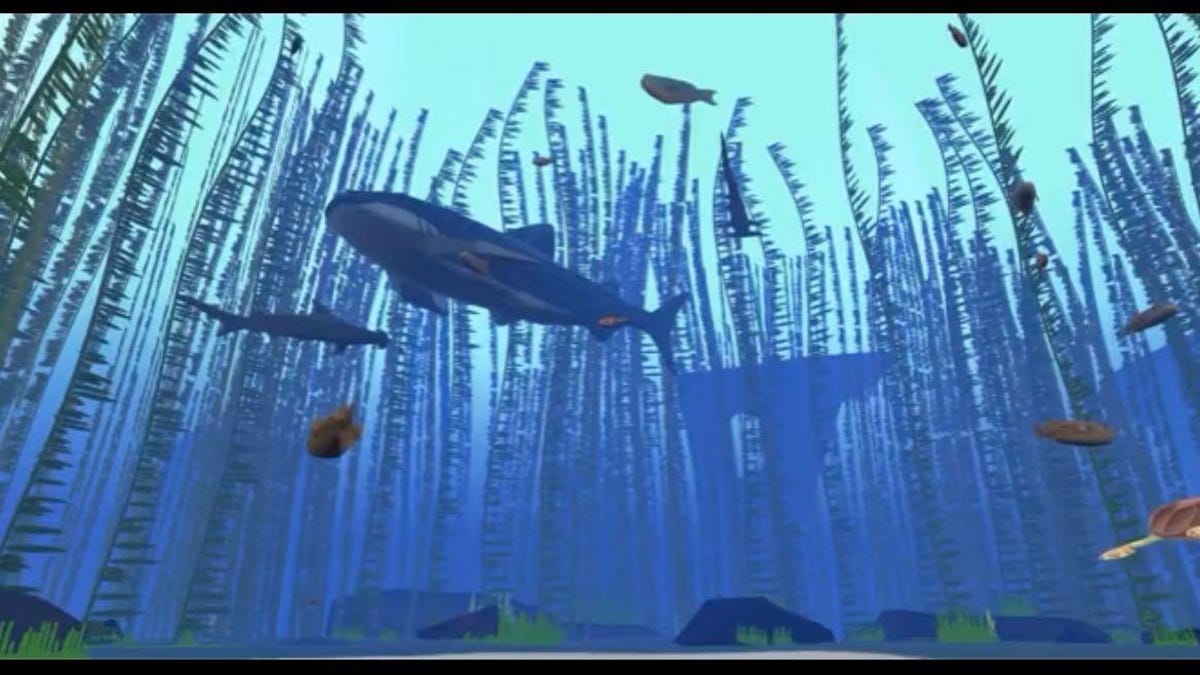NASA created a game that lets you help map the ocean's coral reefs
A new iOS game from NASA asks players to identify the coral in 3D images of the ocean floor. Doing so will help train AI to do it automatically.

An Android version of the game called NeMO-Net is still in the works.
Understanding what goes on beneath the sea is one of the great challenges of earth science. Now, NASA is taking a crowdsourced approach to that challenge and turning to gamers and citizen scientists to help it map the ocean's rich diversity of coral reefs.
Specifically, researchers at NASA's Ames Research Center in California have spent years canvassing the ocean floor using special cameras mounted to drones and aircraft. The unique lenses on the cameras give the researchers a clear view of the ocean floor, including coral and other wildlife with 3D imagery from locations in places like Puerto Rico, Guam and American Samoa. Now, NASA has a huge job on its hands -- combing through those images and identifying everything that's in them.
NASA's solution? A new game for Mac and iOS called NeMO-Net, which you can play right now (an Android version is still in the works). In it, you'll virtually travel the ocean floor in a vessel called the Nautilus, identifying and classifying whatever coral you come across. As more people play the game, the true details within NASA's imagery will come into focus.
"NeMO-Net leverages the most powerful force on this planet: not a fancy camera or a supercomputer, but people," said Ames principal investigator Ved Chirayath in a release Thursday. "Anyone, even a first grader, can play this game and sort through these data to help us map one of the most beautiful forms of life we know of."
Playing the game will help train the Pleiades supercomputer at Ames to recognize corals from any image of the ocean floor, even those taken with less powerful instruments, NASA said. As that supercomputer gets smarter, NASA will be better able to map and track changes in coral populations, which are considered essential to the marine ecosystem.
If nothing else, it sounds like a fun and productive way to kill some time while we're all stuck at home. Race you to the bottom of the sea?
Read more: Rebooting the reef: CNET dives deep into the efforts to save Australia's great marine wonder

